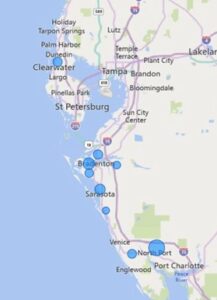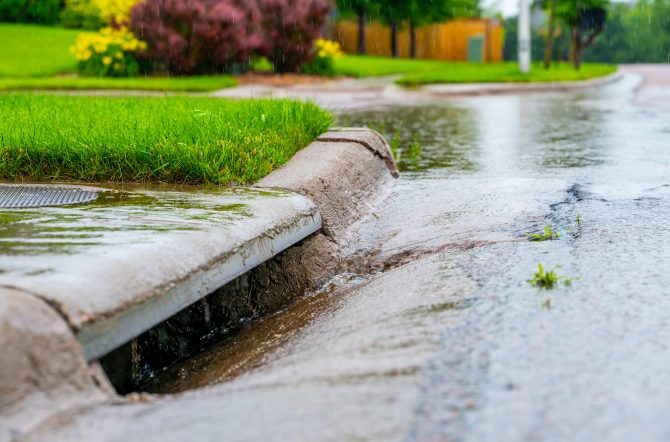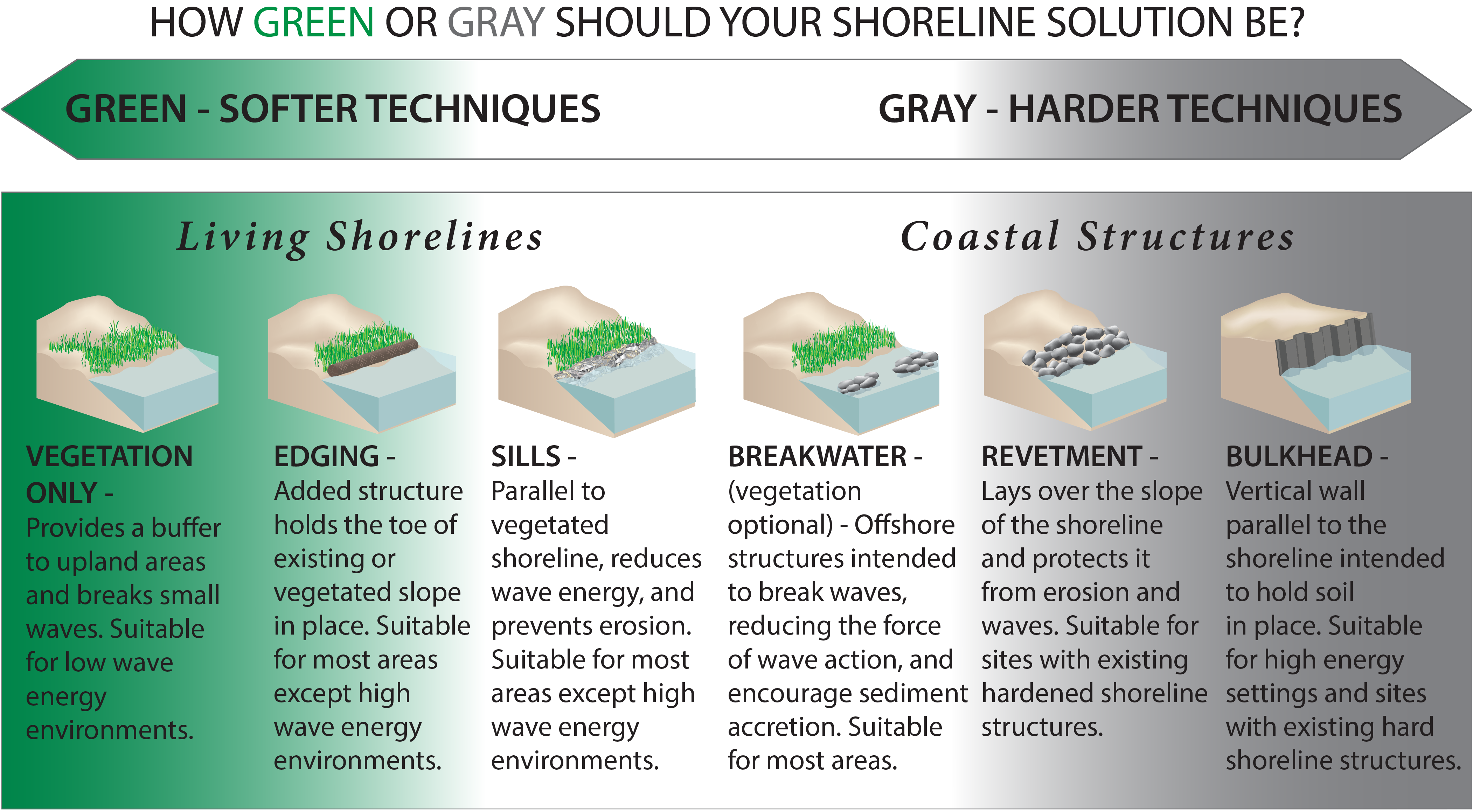Creating Safe Shelters for the Future
According to the Statewide Emergency Shelter Plans (SESP) report from the Florida Division of Emergency Management (FDEM), the Tampa Bay region has a deficit of hurricane shelter spaces.
To increase understanding of how future flood risks and estimated population growth might impact shelter space availability and needs, the TBRPC created the Safe Shelter Tampa Bay project with a grant from FDEP Resilient Florida program.

Safe Shelter encompassed the Tampa Bay Regional Resilience Coalition counties and engaged emergency management staff in workshops. An inundation assessment was conducted of 186 shelter locations using FDEP-defined sea level rise (SLR) scenarios and flood hazards.
The analysis found that no shelter locations were projected to be inundated by sea level rise alone in 2040 or 2070. Additionally, no shelters were risk to storm surge from Category 1 and 2 combined with SLR through 2070. However, shelters in several counties will be at risk to Category 3 and 4 storms by 2040, when combined with NOAA Intermediate High.
The TBRPC’s project identified that nearly 54,000 additional shelter spaces will be needed by 2040 to replace shelters that will be at risk to future storm surge (Cat. 4/NOAA IH) and meet population growth.




